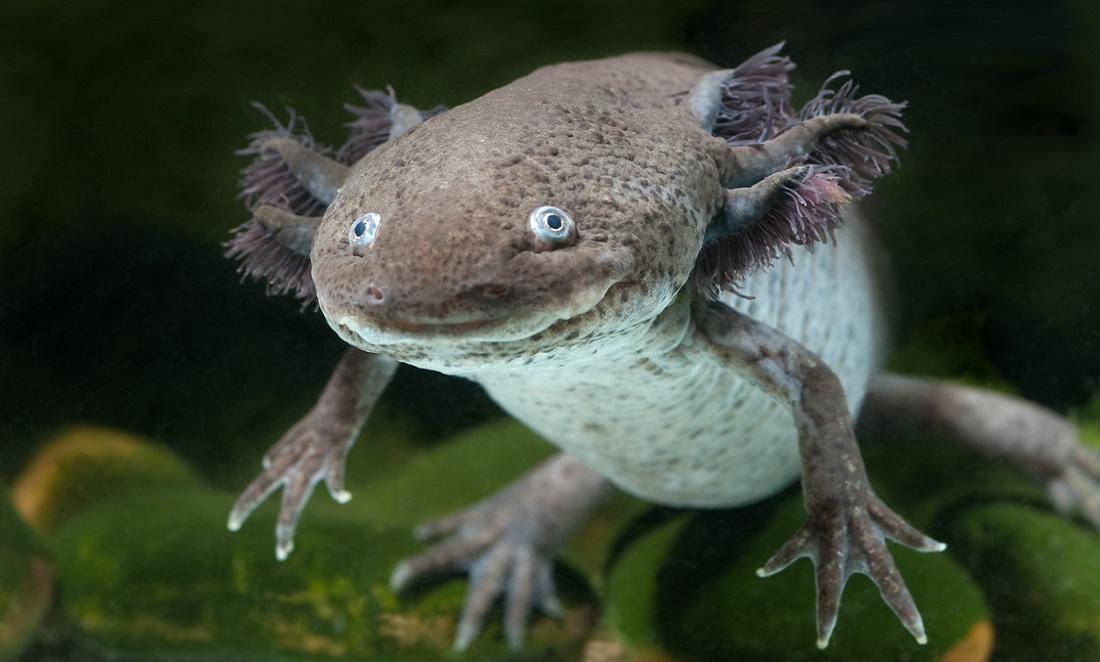Have you ever watched an X-Men movie and been jealous of Wolverine’s regenerative powers?
Well, do I have news for you!
Thanks to a team of scientists from UWA and Monash University, researchers are a step closer to understanding how mature cells (such as skin cells, brain cells or blood cells) can be reprogrammed back into stem cells in the laboratory.
“By understanding how the reprogramming process works, we gain a better understanding of how to manipulate cells for use in the field of regenerative medicine,” says Professor Ryan Lister of the Harry Perkins Institute of Medical Research.
That’s right—stem cells may be used in medical treatments for diseases such as neurological or degenerative diseases and even physical injuries such as burns. Make no mistake, it’s stem cells that are Wolverine’s real secret weapon. Forget those claws—without the regenerative power of stem cells, he’d be using a lot of Band-Aids.
STEM CELLS 101
So, what is a stem cell?
Imagine yourself back at school. You had the potential to be anything. A doctor! An astronaut! A science journalist! That’s kind of like a stem cell. It’s a cell that doesn’t have a job yet, like being a skin cell or a brain cell. It can become any type of cell, which is why they have so much potential for regenerative medicine.
CELL IT TO ME
To really understand how this works, we need to understand what’s inside a cell. Every different type of cell in our body has the same DNA—the set of instructions to make all the parts of a cell and control everything that happens in our body.
But while every different type of cell has the same DNA, not every cell does the same thing. Different types of cells have different genes turned on or off. Some cells turn on genes that make our eyes blue. Other cells turn on genes that make our hair brown.
Stem cells, however, don’t have a special function. All those genes that make the cell specialised are turned off. And because they don’t already have a specialisation, it means they can be reprogrammed into almost any kind of cell.
“We’re hopeful that, by understanding this reprogramming process, we’ll be able to make it more efficient and potentially use it in a clinical setting,” says Ryan.
IN NATURE
Some animals can reprogramme mature cells into stem cells naturally.
“The axolotl, a type of Mexican salamander, can regenerate very complex structures through cell reprogramming—even a lost limb,” says Ryan.
“Cells at the wound site reprogramme to form all the different specialised cells required to make a new limb, such as nerve cells, bone cells and muscle cells—everything it needs for a complex structure like a new leg.”
THE FUTURE
So, does that mean we’ll soon be able to cut off our foot and watch it grow back like Wolverine? Well, no, not necessarily.
“Whether we’ll ever be able to control human cell reprogramming in order to regenerate human limbs like an axolotl is unknown,” says Ryan.
“There may be some barriers about our biology that means it just doesn’t work. But by understanding the fundamental principles of how cells change their identity, we can explore the potential and the limits of cell reprogramming.”
I’ve got to admit, though—after seeing Logan, I think I’d prefer to be an axolotl instead of Wolverine.
I think the axolotl has a calmer life.









